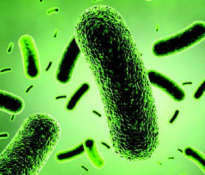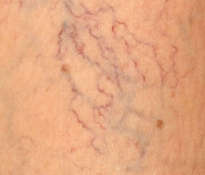The bilateral relationship between the gut and the liver can be a surprising fact for many people. This correlation results, among other things, from the anatomic proximity of both organs, but there is also a functional connection between the intestinal mucosa and the liver. This connection is the portal vein, which is relatively short but has a large diameter and is a physical connection of the digestive system with the liver.
Nutrients and micronutrients that are absorbed in the small intestine first enter the liver, where they are processed before they are transmitted to the heart. The gastrointestinal tract directly associated with the liver extends from the lower esophagus to the upper part of the anal canal. It also includes blood vessels from the spleen and pancreas.
Excess sugar is converted into fat, which can be stored in liver cells.
Consequences of liver damage
When the liver is damaged, the liver enzymes get into the bloodstream. The level of liver enzymes in the blood is proportional to the degree of liver damage. The fact of liver damage can be confirmed by studies based on measuring the immune response that test the presence of special “markers” in the blood.
The disease of fatty liver is the result of excess sugar in the daily diet, because unused sugar is converted into fat, which accumulates in the liver cells. This mechanism impairs the functioning of liver cells and ultimately leads to its steatosis. Damaged liver produces the connective tissue surrounding the organ. This process is referred to as liver cirrhosis or liver fibrosis. The blood vessels tighten, which limits the flow of blood to the liver cells and, consequently, the death of this important organ.
Non-alcoholic fatty liver disease is the most common liver disease in the world, which arises in connection with obesity, fat management disorders, diabetes or as a side effect of anti-inflammatory and hormonal medicines.
The only way to treat non-alcoholic fatty liver is to change your lifestyle. There is no pharmacological agent treating this disease. One of the factors leading to non-alcoholic fatty liver is an excess of unfavorable bacteria in the small intestine and increased intestinal permeability. The unfavorable bacterial flora produces ethanol and lipopolysaccharides in the digestive tract. These substances cause strong oxidative stress and an increase in inflammation that leads to fatty liver.
People who take prebiotic and probiotic supplements have better results: liver enzymes, C-reactive protein, tumor necrosis factors, fibrosis. Prebiotics and probiotics reduce the number of markers of inflammation and improve the remaining indicators indicating a better condition of the liver.
Regeneration of bacterial flora using probiotics and prebiotics
The most important benefit of using probiotic supplements is the colonization of the digestive tract by beneficial bacteria. Both beneficial and harmful bacteria colonize the digestive tract, they compete with each other for food. When we introduce a large amount of beneficial bacteria into the intestine, then the beneficial bacteria dominate and the harmful bacteria are eliminated. The benefits for the body are enormous. First of all, the immune system is strengthened and the quality of digestion and assimilation of nutrients is improved. Prebiotics, such as fructooligosaccharides, are a medium that maintains beneficial bacteria in the intestine and prevents the multiplication of harmful microorganisms.










